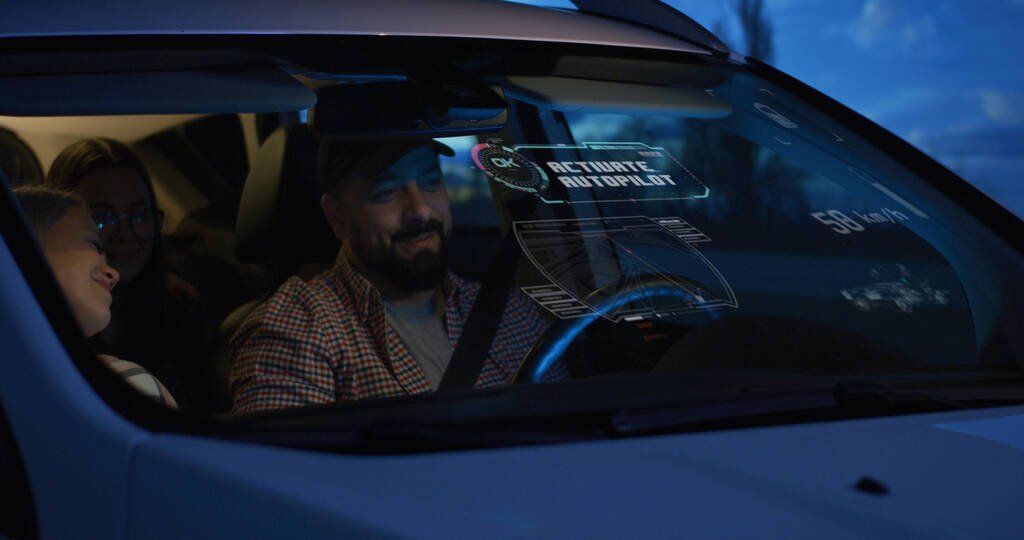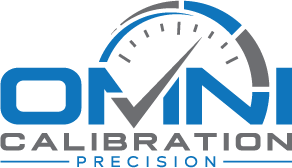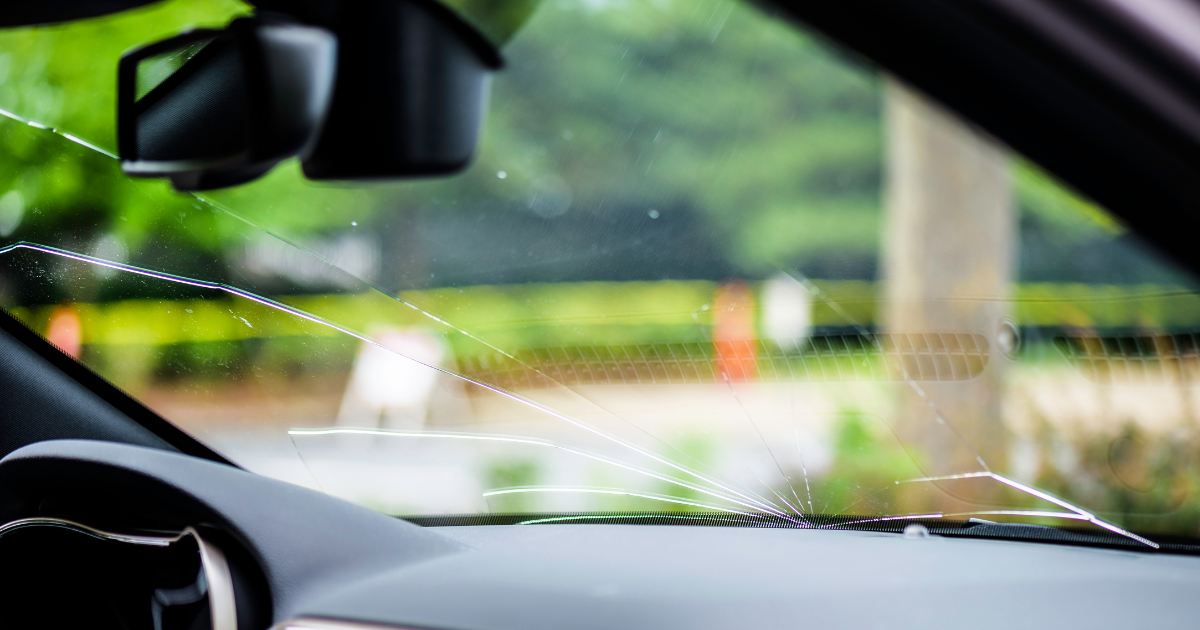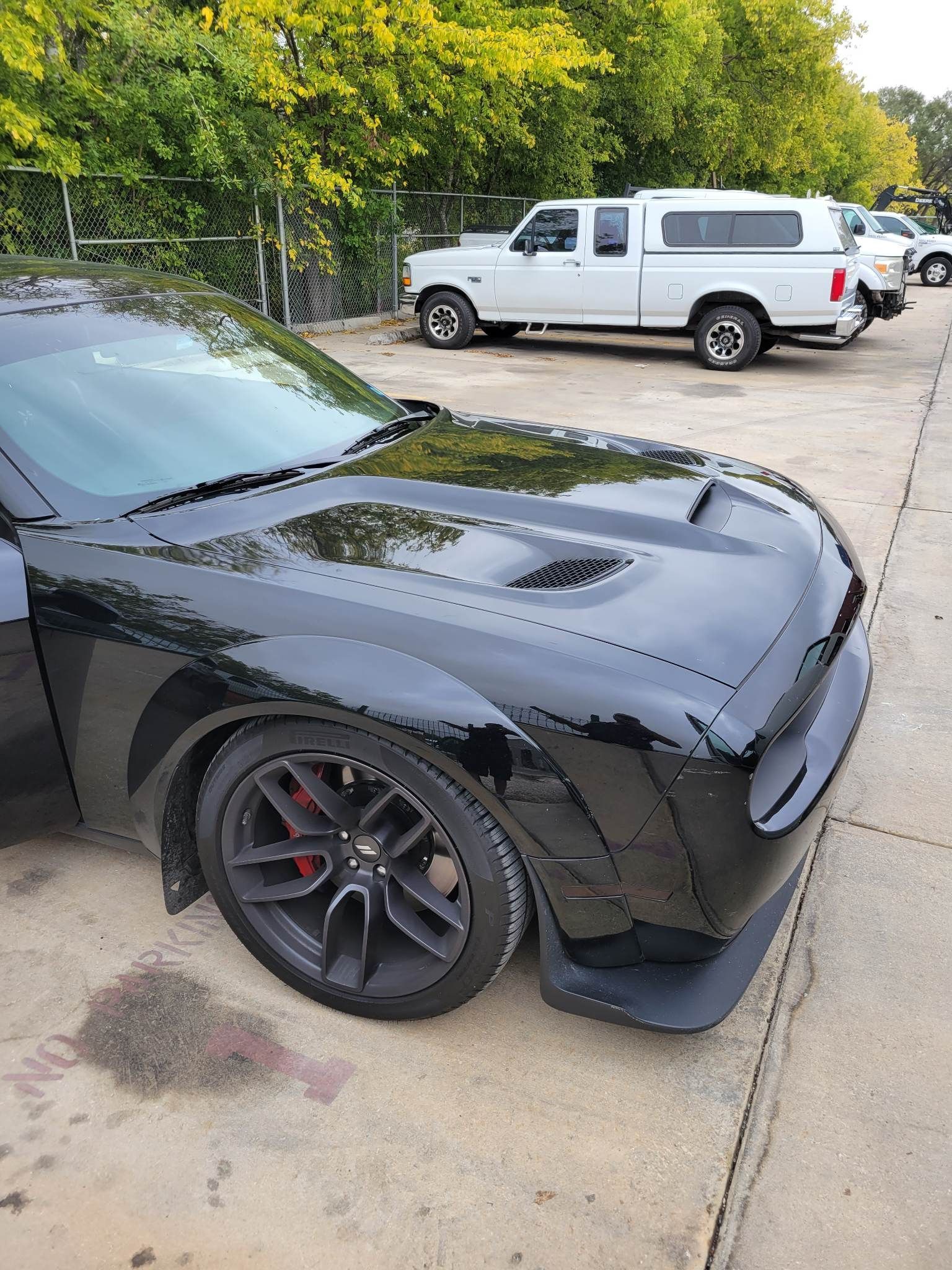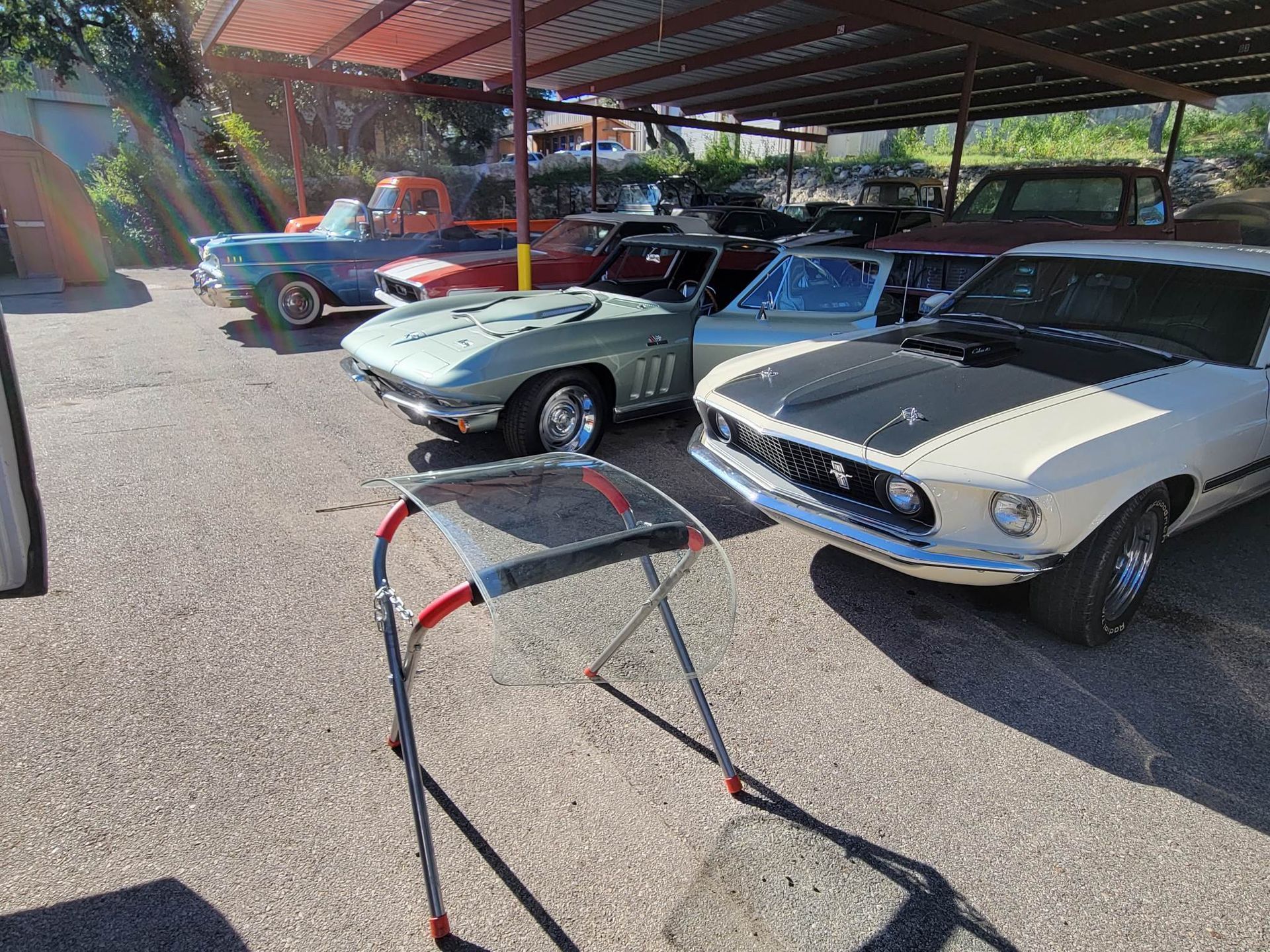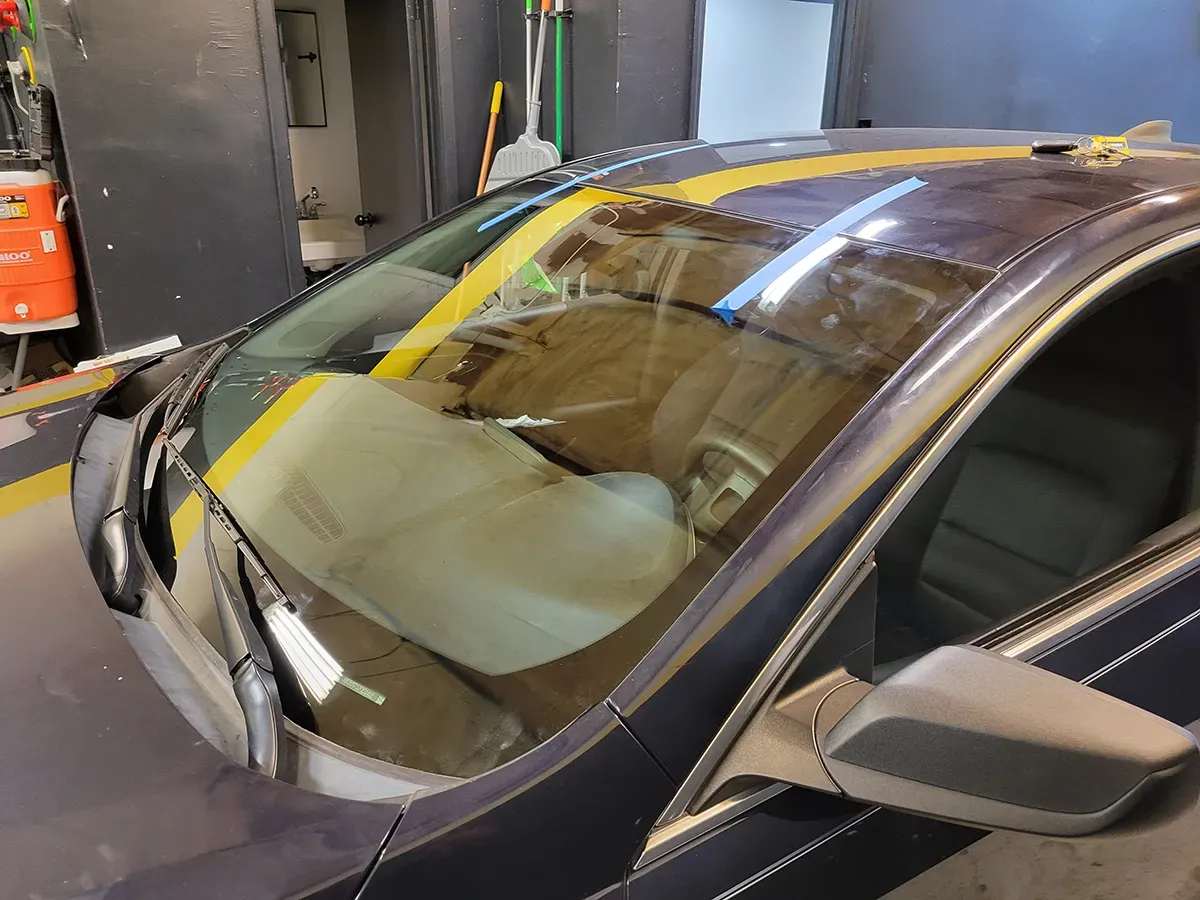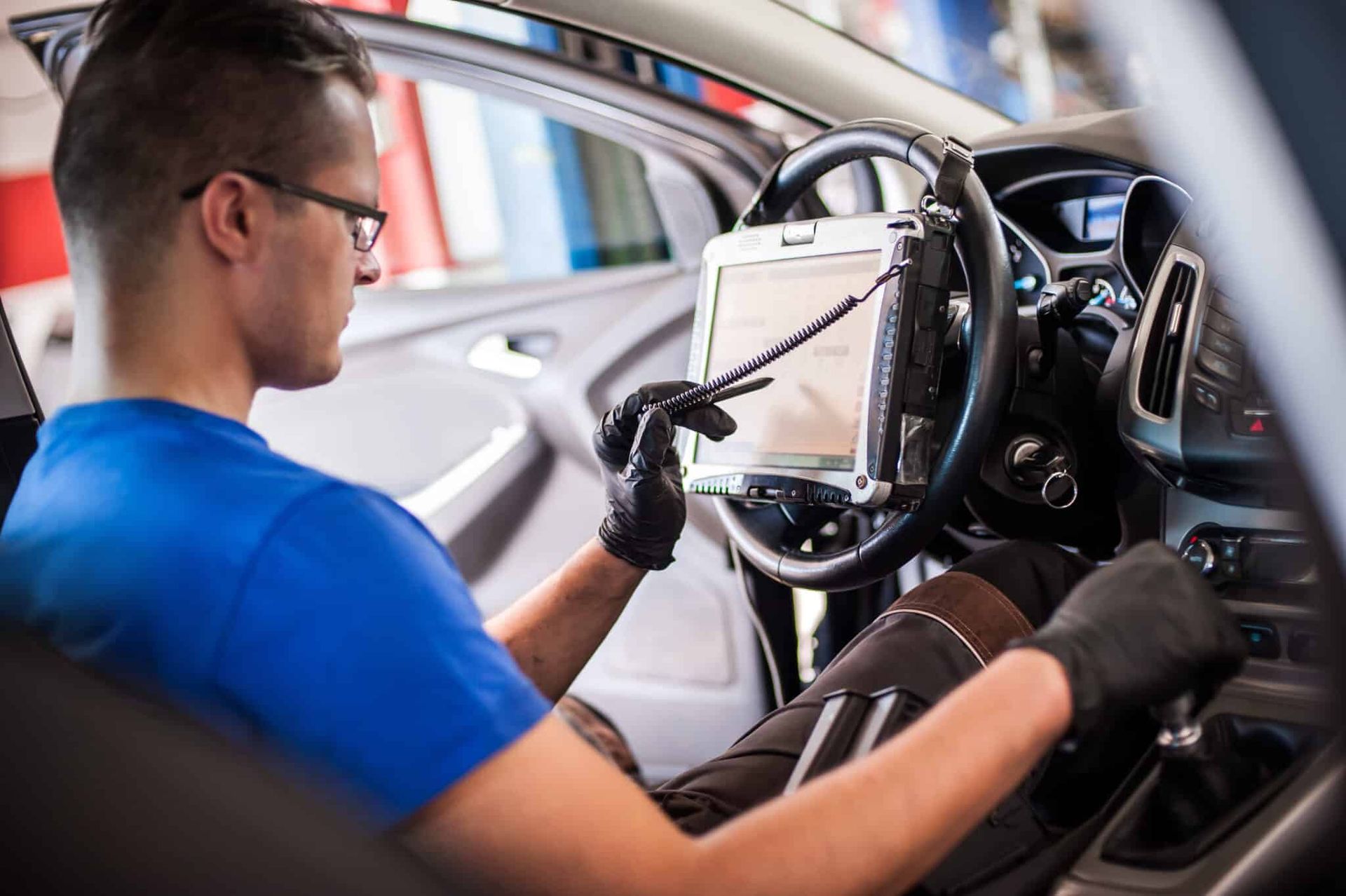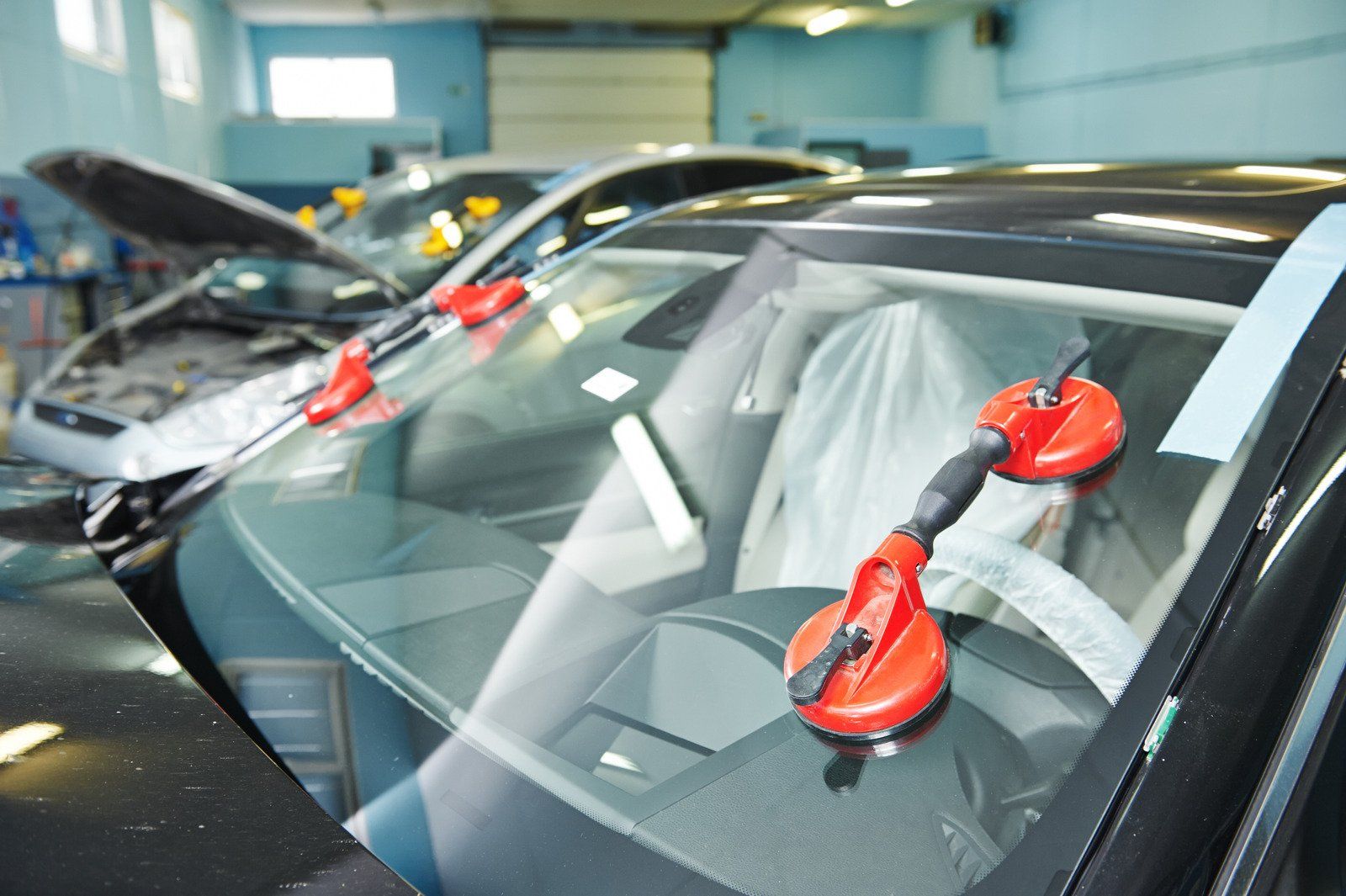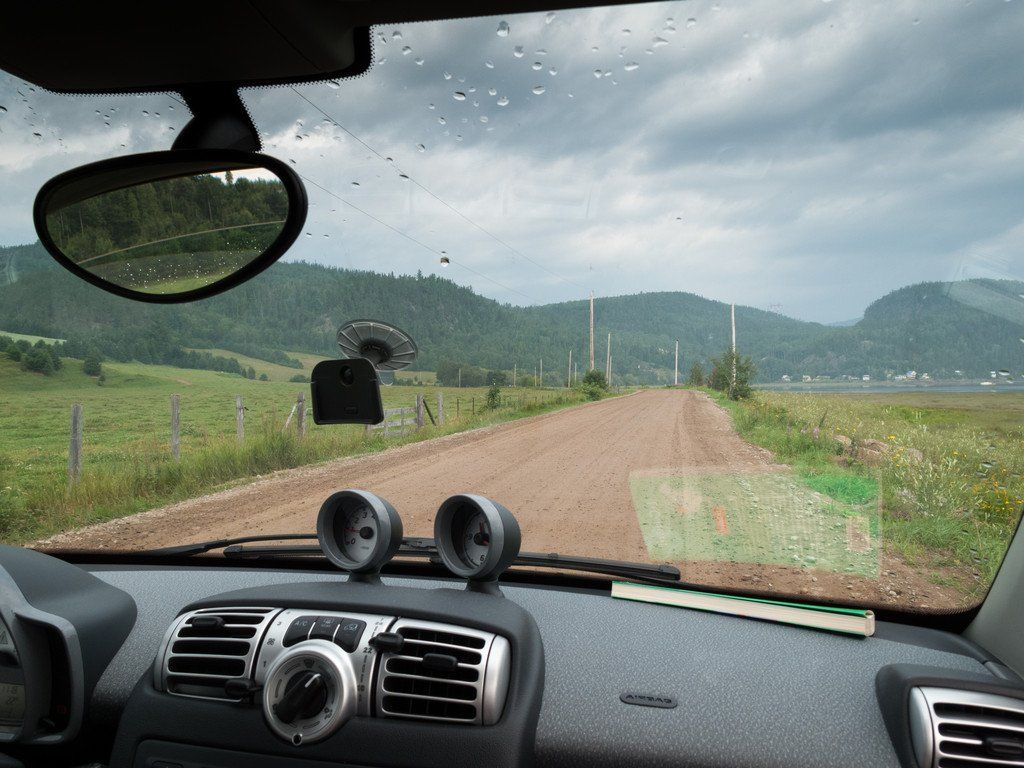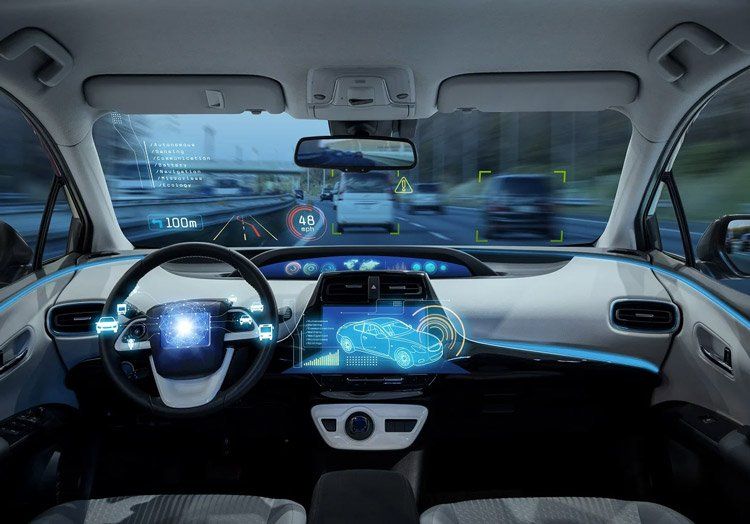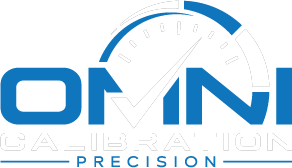The Differences Between Static vs. Dynamic Calibration | Omni Calibration
If your car has an advanced driver assistance system (ADAS), then you may be wondering about the difference between static and dynamic calibration. Both are methods of calibrating the sensors on your vehicle, but they differ in how they are performed. Static calibration is typically done at a dealership or service center, while dynamic calibration can be done by the driver. Here’s a closer look at the two methods of ADAS windshield calibration.
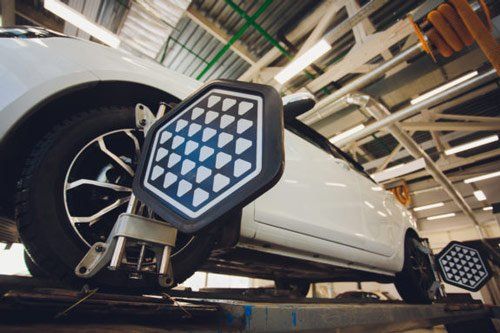
Dynamic ADAS Recalibration
With the increasing deployment of ADAS features, the need for dynamic calibration of those ADAS systems has never been greater. Dynamic calibration is the process of calibrating a system while it is in use, as opposed to static calibration which is done when the system is not in use. This is especially important for systems like ADAS which need to be able to react quickly and accurately to potential hazards.
There are a number of reasons why dynamic calibration is important for ADAS. First, it allows for the system to be calibrated to the specific vehicle it is installed on. Every vehicle is different, and so the auto glass calibration needs to be specific to that vehicle in order to ensure accuracy. Second, dynamic calibration takes into account the changing conditions on the road. Road conditions can vary greatly, and so the system needs to be able to adapt to those changes. Third, dynamic calibration allows for the ADAS system to be calibrated to the specific driver. Every driver is different, and so the system needs to be able to adapt to the specific driving style of that driver.
Dynamic calibration is a complex process, and so it is important to work with a company that has experience with this type of ADAS recalibration. At Omni Calibration, we have a team of experts that are experienced in dynamic calibration and can help you ensure that your ADAS system is properly calibrated. Contact us today to learn more about our services and how we can help you.
Static ADAS Recalibration
Static calibration is the process of calibrating a machine or device by using a known or specified value rather than an adjustable one. This process is often used when the machine or device in question is difficult or impossible to adjust, or when the adjustment would be too time-consuming.
Static calibration can be done with either a physical or a mathematical model. A physical model is an actual replica of the machine or device being calibrated, while a mathematical model is a set of equations that simulate the machine or device.
The first step in static calibration is to determine the known or specified value that will be used. This value is called the target value. The target value must be within the range of values that the machine or device is capable of producing.
Next, the machine or device is set up so that it will produce the target value. This may involve making adjustments to the machine or device, or it may simply involve setting it to the correct position.
Finally, the machine or device is tested to see if it is producing the target value. If it is not, the auto glass calibration process is repeated until the machine or device is producing the target value consistently.
Which Type of Calibration is More Complex – Static or Dynamic?
The answer to this question is not always clear. It depends on the specific situation and on the type of measuring instrument involved.
In general, static calibration is more complex than dynamic calibration. This is because static calibration generally requires more detailed knowledge of the measuring instrument and the environment in which it will be used. Static calibration also generally requires more time and effort to perform.
Dynamic ADAS recalibration, on the other hand, is typically less complex than static ADAS recalibration. This is because dynamic calibration generally does not require as much detailed knowledge of the measuring instrument and the environment in which it will be used. Dynamic calibration also generally does not require as much time and effort to perform.
There are, however, some exceptions to this general rule. In some cases, dynamic calibration may be more complex than static calibration. This is usually due to the fact that dynamic calibration generally requires more specialized equipment and expertise.
Back to top: The Difference Between Static and Dynamic ADAS Calibration
